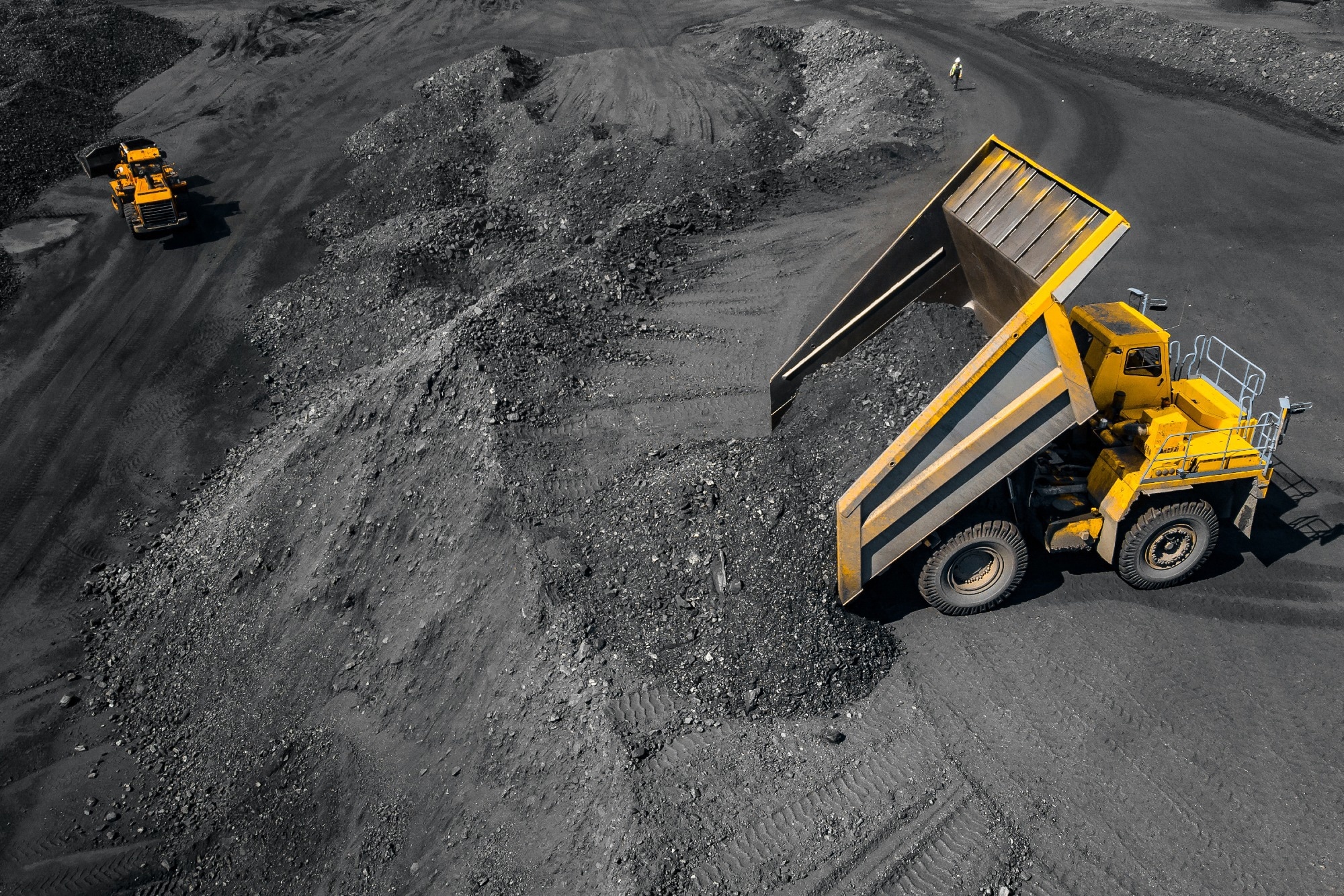In a paper published in the journal Scientific Reports, researchers addressed the complexity of coal and gas outburst disasters in Chinese coal mines. They introduced a prediction method that utilizes a Grey Wolf Optimizer to enhance the Support Vector Machine (GWO-SVM) for optimization. By incorporating Tent Chaotic Mapping and DLH strategies, they improved the optimization capabilities of GWO and reduced local optimization biases.
 Study: Enhancing Coal and Gas Outburst Prediction in Chinese Mines. Image credit: Parilov/Shutterstock
Study: Enhancing Coal and Gas Outburst Prediction in Chinese Mines. Image credit: Parilov/Shutterstock
Researchers employed the IGWO -SVM prediction model for predicting coal and gas outbursts. They also used the Random Forest (RF) algorithm to identify the most critical parameters. This approach enhances the effective prediction of outbreaks, even when some data is missing, and supports its utility in underground safety management.
Background
In 2022, China's coal industry was critical to its energy landscape, constituting 56.2% of primary energy consumption. While alternative energy sources gained traction, the role of coal in China's economic development persisted. However, coal mining has brought inherent risks, notably coal and gas outburst accidents, which have proved challenging to eradicate. The increase in such accidents in 2022 compared to the prior year highlights the ongoing threat. Over the past decade, China witnessed 68 coal and gas outburst incidents, resulting in 429 fatalities. While overall trends showed a decline in these accidents and deaths, recent fluctuations emphasized the continued challenge of managing this dynamic disaster.
Proposed Method
Prediction Model Development: The essential parameters for the prediction process include gas pressure, gas content, the initial velocity of gas emission from boreholes, the index of the initial rate of diffusion of coal gas, coefficient of firmness of coal, thickness of the coal seam, maximum drilling cutting volume, and distance from geological structures. The multi-factor theory of coal and gas outbursts guided the selection of parameters, including mine disturbance, effective stress, gas flow, and coal and rock's physical and mechanical properties.
Prediction Model Building and Optimization: Researchers developed the predictive model through a multi-step process. They initially standardized the raw data and divided it into training and test sets. The SVM was initialized and optimized to find the optimal parameters using the training set. They tested the predictive capabilities of GWO-SVM and compared it to evaluate its accuracy.
Furthermore, the employed RF algorithm helped determine the feature importance of the eight prediction indicators. This information guided the construction of a refined dataset, ensuring the prediction models maintained high accuracy and generalization performance. The combined model, RF-SVM-IGWO, was optimized using IGWO to find optimal parameters. The results highlighted the superior performance of this integrated model in predicting coal and gas outbursts.
Results and Discussions
SVM
The dataset includes a training set comprising 63 randomly selected data groups and a test set, including 21 data groups, while maintaining a 3:1 ratio. Data normalization mitigates the impact of dimensional differences on the model. Uncertain parameters initialized the SVM model, which achieved a training set prediction accuracy of 93.65% without parameter optimization, while the test set accuracy was only 80.95%. Notably, errors occurred in data groups 5, 7, 13, and 20 predictions. These findings suggest that while the SVM model fitted well with the training data, it lacked predictive capability for unknown data and suffered from overfitting. Therefore, parameter optimization using the GWO algorithm enhanced model performance.
GWO-SVM
The original training and testing datasets were retained without alterations, utilizing 20 grey wolf populations and a maximum of 30 iterations. The parameter ranges within the intervals of [0.1, 100]. The optimized SVM model exhibited a training set prediction accuracy of 96.83% and a test set accuracy of 90.48%. The population fitness curve demonstrated gradual fitness improvement until generation 7, followed by fluctuations. The final average fitness stabilized between 90% and 95%, with the best fitness value at 95.24%. Compared to the SVM model without parameter optimization, the GWO-optimized SVM algorithm significantly improved prediction accuracy in both the training and test sets by addressing the overfitting issue and enhancing predictive performance.
IGWO-SVM
While the GWO-SVM model showed some overfitting with notable differences between training and test set results, the highest test set accuracy for both models was only 90.48%. Further improving this predictive capability and mitigating overfitting, the IGWO-SVM model achieved remarkable performance by attaining a training set accuracy of 100% and a test set accuracy of 100%. This improved test set accuracy and minimized the gap between test and training set predictions, effectively addressing overfitting concerns. The fitness curve illustrated steady improvement, with an average fitness range between 0.95 and 1 and the best fitness value at 1. The effectiveness of IGWO, enhanced by Tent Chaotic Mapping and the DLH strategy, was validated.
Random Forest for Dimension Reduction
Dimensionality reduction using RF highlighted the significance of gas pressure (X2), gas content (X1), and coal firmness coefficient (X4) in coal mining and outburst prevention. These three features linked to the outburst risk reconstructed the dataset completely. SVM, GWO-SVM, and IGWO-SVM models trained and tested on this reduced dataset maintained their accuracy, showcasing the effectiveness of RF in data analysis and simplification.
Conclusion
In summary, this study identified crucial parameters for coal and gas outburst risks and enhanced prediction accuracy through optimization techniques like GWO and IGWO for SVM. RF aided in selecting parameters and simplifying data, enabling practical applications in monitoring and warning the outburst risks. Future research should consider incorporating additional stress-related indicators to refine the model's performance.